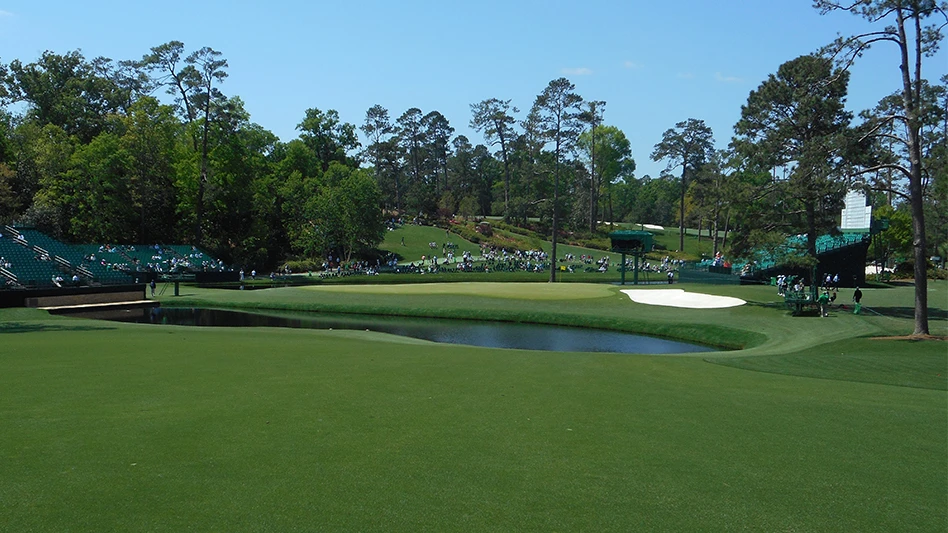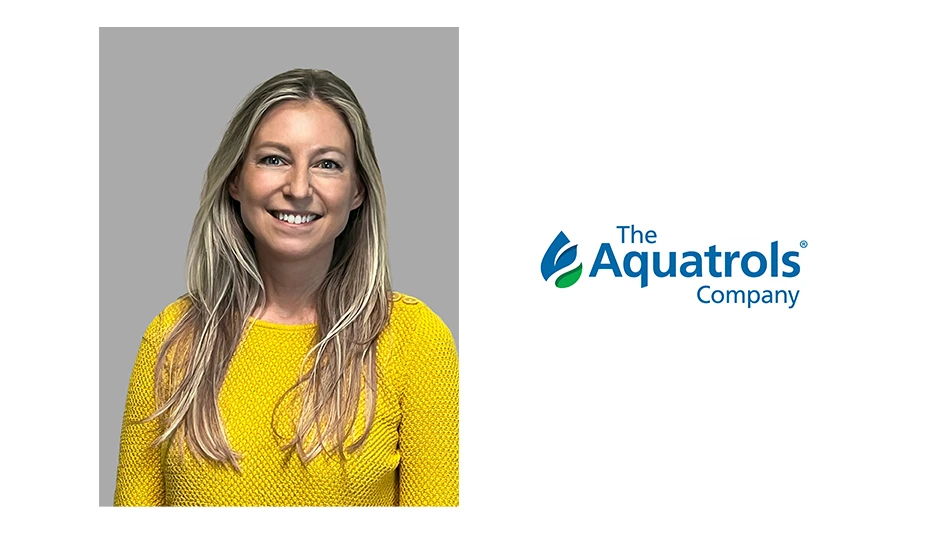
We have all heard how important first impressions are. But have we actually considered it in depth at the golf course?
Research highlights the importance of first impressions, both when meeting someone and, more to the point, when going somewhere. There’s actually a little science at work here.
First impressions are based on what is known as the Primacy Effect, which refers to an individual’s tendency to better remember the first piece of information they encounter more than they do the information they receive later on in a sequence — the sequence, in this case, being their visit to your golf course.
You could even take this a step further to include the Recency Effect, which is that the last impression of your visitors is also more important than anything learned or experienced in the middle of the event.
Safe to say first and last impressions can go a long way in helping shape others’ views of your golf course presentation. Which is not to say the stuff in the middle of their experience — basically the round of golf itself — is not vitally important. It is. That’s what we all spend the majority of our time focusing on anyway. I would venture to say about 97 percent of our efforts as superintendents focus on the course itself.
If we consider the Primacy and the Recency Effects, maybe we should be focusing a little more on those entry (and exit) points. Maybe they mean a little bit more than many of us have actually given them credit for.
What are those first and last impression points on a golf course property? And what can we do to highlight them? Although each property is different, we all have similar situations that overlap on most, if not all, golf courses.
I’ve come up with nine common first and last impression points that are fairly universal. Each property and each situation will be slightly different for everyone.
The actual entry point
Until the day comes when we are all flying around in hovercrafts or we are transporting via beaming technology, every golf course will continue to have its own entry point. Consider this the turn-in from the road. The turn-in leads directly to the parking lot. Or, like at our course, Avalon Golf Club in western Washington state, a turn-in leads to a private road that leads to the clubhouse.
Highlighting that entrance point, which is also your first first impression point, can go a long way to shaping people’s views of your golf course.
What we ended up doing at Avalon a few years ago was totally renovating that entry point, which is the turn-in from the public road in front of Avalon to our ¾-mile private road. A new sign with a giant letter “A” was built into the hill at the turn-in, as well as an accompanying landscape bed. This enhanced that first impression, which in the past had been given almost no design thought.
The entry point is also what everyone who is not heading to your golf sees driving by. Their only impression of you may very well be this entry point.
The parking lot
Sure, they’re not glamorous to discuss. But parking lots are a necessary evil. For many parking lot situations, there isn’t a heck of a lot you can do. But there are a few ideas.
Freshly painting white lines every couple of years does wonders, as does a pavement resurfacing every so often. A couple other things we’ve done in the past at Avalon include installing additional streetlights and routinely filling potholes.
You’re unlikely to flourish or flounder based on the condition of your parking lot. But the area plays a part in the first and last impressions created at your course. Primacy and Recency.
The clubhouse
Being the outdoor folks most of us are, we are considering just the exterior of the building. Well, not so much the building itself, as that falls more into the care and consideration of infrastructure. We’re talking about focusing on the immediate grounds around the clubhouse.
Normally, this means landscape beds. If landscape beds have any place on a golf course — I could argue they often don’t — it’s around the clubhouse. The design and maybe even the care of these beds should be handled by a professional landscaper. This person should be someone with a vision, which not everyone has.
I must say I’ve found that because our golf course maintenance team handles the clubhouse beds at Avalon, less can sometimes be more. As great as landscape beds can look if done right in highlighting the entrance to your building, if not continually maintained, especially in the growing season, they can turn on you. Find the right balance. You will know it when you hit it.
The practice greens
I think most if not all of us would agree that the practice green (or greens) should be in the same condition as any other green on the golf course. They can’t be weak reproductions. If your greens on the course are rolling at 10.8, your practice green needs to be rolling at 10.8 as well. For most superintendents, nothing more than checking this box is required here. Let’s move on.

The range tee
Not all golf course driving ranges are created equal. Some courses highlight their ranges, while others consider a more minimal approach. I don’t think the latter is always necessarily bad. A minimal range is an option for many who want to devote all their resources to the course.
Even for the minimalists, there are things that can be done. Install some, but not too much, landscaping around the tee. Keep a grass tee freshly divoted. Make sure it is big enough to handle the use it gets — most are not. And if hitting off mats, keep them fresh. This is an investment, but worn mats are, well, unsightly.
The first tee
I’m a little torn with this one. Do you highlight the first tee? Or do you keep it more consistent with the other tees on the golf course? An argument could be made either way, but I think I’m leaning toward the more consistent presentation approach.
If you don’t have a ton of landscaping around most tees, I’d say do the same with the first tee. I love consistency. I notice it at other courses. It jumps out at me. I don’t think I’m alone.
The first hole
Same as above. No reason to highlight anything on No. 1, although you should be cognizant of the condition of your opening holes before play hits them. I say holes plural because Avalon has three rotation nines, so we have three No. 1s. While they mostly represent the rest of the golf course, things don’t always go as planned in golf course maintenance. There are always obstacles and diversions each morning. This is where making sure those diversions don’t cost the appearance of the first hole can sometimes take precedence. Other than that, treat them as equals.
The last hole
Honestly, nothing really. This hole should not feel any different from the 17 before it. Maybe tough with some teeth, but nothing out of the ordinary.
The actual exit point
If you can do something for folks as they head out after a wonderful round of golf, do it. Tell them you are glad they came and hope they come back. For us, it’s a tall sign toward the end of our ¾-mile private road. The sign simply says: THANK YOU FOR SPENDING A DAY WITH US AT AVALON.
Short and sweet and pretty much sums it up, right?
Although I personally think it should say, “Y’all Come Back Now, Ya Hear?!”

Explore the November 2023 Issue
Check out more from this issue and find your next story to read.
Latest from Golf Course Industry
- Smart Greens Episode 1: Welcome to the digital agronomy era
- PBI-Gordon promotes Jeff Marvin
- USGA investing $1 million into Western Pennsylvania public golf
- KemperSports taps new strategy EVP
- Audubon International marks Earth Day in growth mode
- Editor’s notebook: Do your part
- Greens with Envy 66: A Southern spring road trip
- GCSAA’s Rounds 4 Research auction begins





